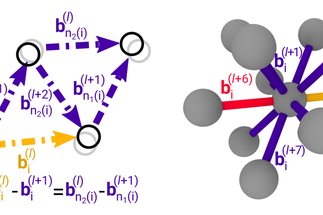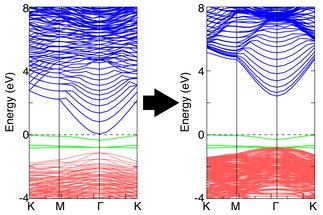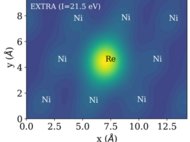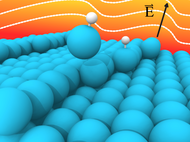Extremely strong (~10 V/nm) electric fields rupturing atomic bonds is a relatively well-studied concept in the field of molecular chemistry. When extended to crystalline systems, i.e. material surfaces, this concept is known as field evaporation and its exact mechanisms become more challenging to predict. Field evaporation is the central phenomenon that enables atom probe tomography (APT) and 3D field ion microscopy (3D-FIM), and obtaining atomically-accurate APT reconstructions will be impossible without an atomically-accurate understanding of how ions initially form and depart from the surface. By performing first-principles calculations on faceted surfaces under extreme fields, we search for such an understanding in pure metals and alloys.
more






